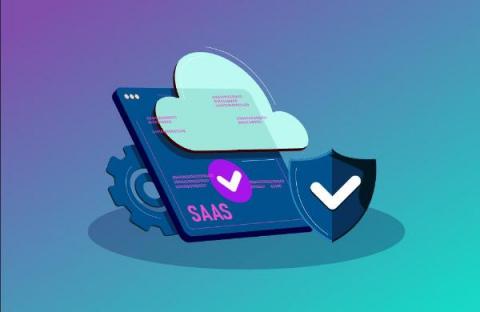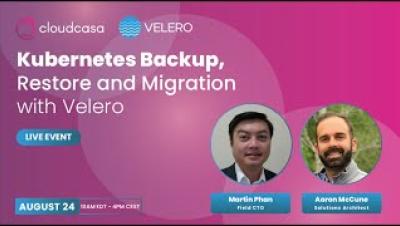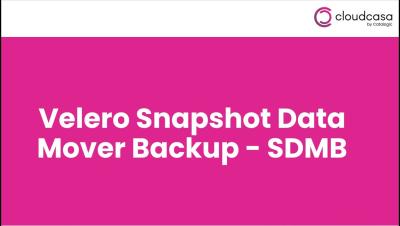Top Open Source Licenses Explained
An open source license is a binding legal contract between author and user that declares the certain conditions in which a piece of software can be used, which is especially relevant in commercial applications. This license is what turns software components into open source components, allowing developers to use that software so long as they keep the specific terms and conditions laid out in the license. There are a lot of open source licenses, over 200 in fact.











